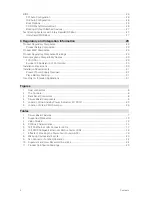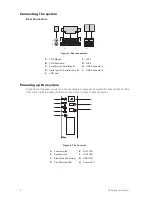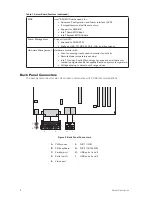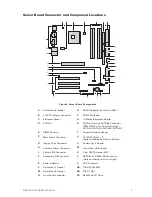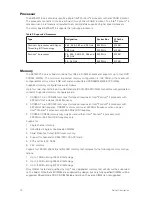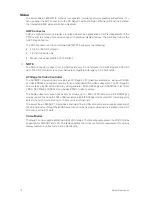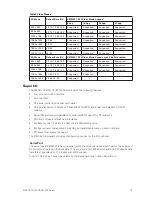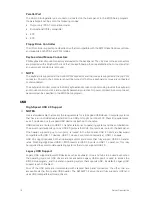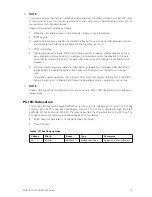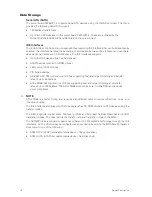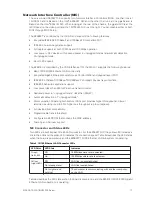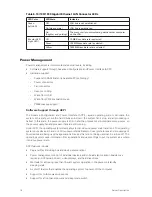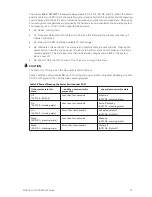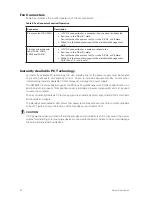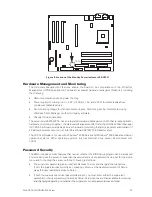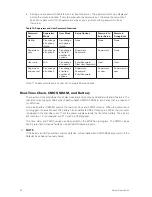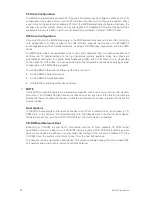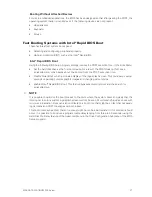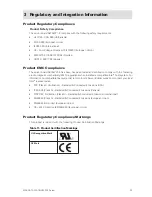
14
Server Description
15
MAXDATA PLATINUM 220 Server
Parallel Port
The 25-pin D-Sub parallel port connector is located on the back panel. In the BIOS Setup program,
the parallel port can be set to the following modes:
• Output only (PC AT-compatible mode)
• Bi-directional (PS/2 compatible)
• EPP
• ECP
Floppy Drive Controller
The I/O controller supports one diskette drive that is compatible with the 82077 diskette drive controller
and supports both PC-AT and PS/2 modes.
Keyboard and Mouse Connectors
PS/2 keyboard and mouse connectors are located on the back panel. The +5V lines to these connectors
are protected with a PolySwitch circuit that, like a self-healing fuse, reestablishes the connection after
an overcurrent condition is removed.
NOTE
The keyboard is supported in the bottom PS/2 connector and the mouse is supported in the top PS/2
connector. Power to the computer should be turned off before a keyboard or mouse is connected
or disconnected.
The keyboard controller contains the AMI keyboard and mouse controller code, provides the keyboard
and mouse control functions, and supports password protection for power-on/reset. A power-on/reset
password can be specified in the BIOS Setup program.
USB
High-Speed USB 2.0 Support
NOTES
Use a shielded cable that meets the requirements for a full-speed USB device. Computer systems
that have an unshielded cable attached to a USB port might not meet FCC Class B requirements,
even if no device or a low-speed USB device is attached to the cable.
USB devices are limited to USB 1.1 transfer rates prior to operating system and driver initialization.
The server board supports up to six USB 2.0 ports via the ICH5. Four ports are routed to the back panel.
One header, supporting up to two ports, is routed to the front panel. USB 2.0 ports are backward
compatible with USB 1.1 devices. USB 1.1 devices will function normally at USB 1.1 speeds.
USB 2.0 support requires both an operating system and drivers that fully support USB 2.0 transfer
rates. Disabling High-Speed USB in BIOS reverts all USB 2.0 ports to USB 1.1 operation. This may
be required to accommodate operating systems that do not support USB 2.0.
Legacy USB Support
Legacy USB support allows USB devices such as keyboard, mice, and hubs to be used even when
the operating system’s USB drivers are not available. Legacy USB support is used to access the
BIOS Setup program, and to install an operating system that supports USB. By default, Legacy USB
support is set to Enabled.
Four of the USB ports are implemented with stacked back panel connectors; the other two are
accessible via the front panel USB header. The S875WP1-E server board fully supports UHCI and
uses UHCI-compatible software drivers.
Summary of Contents for PLATINUM 110
Page 1: ...System Manual MAXDATA PLATINUM 220 Server...
Page 2: ...2 Contents...
Page 28: ...28 Server Description...




